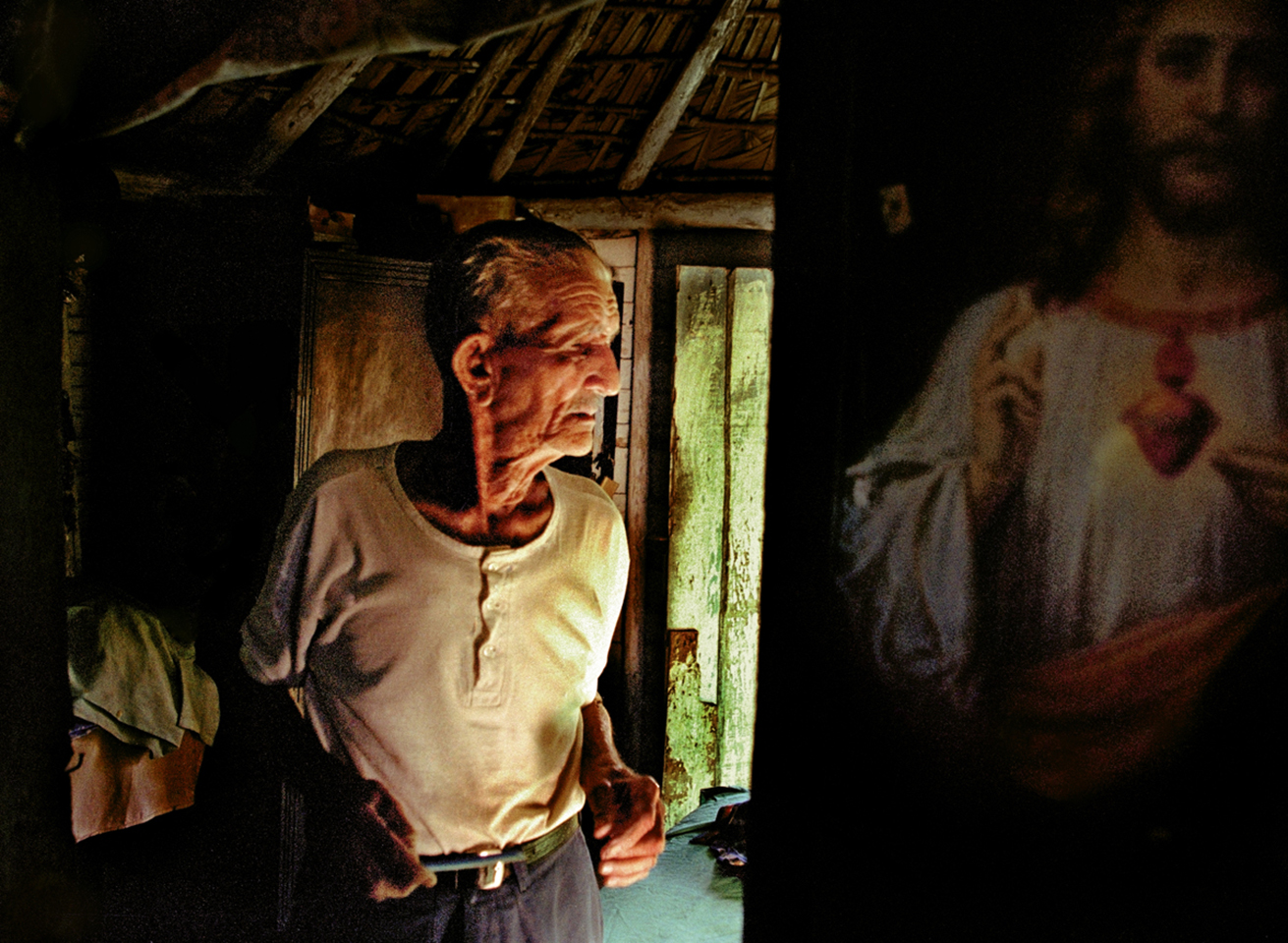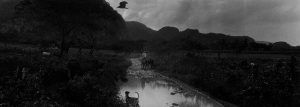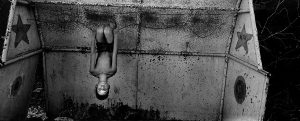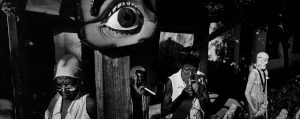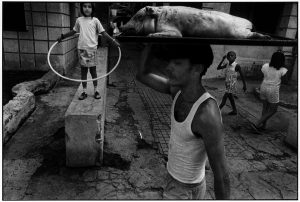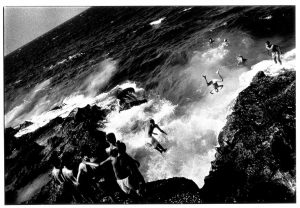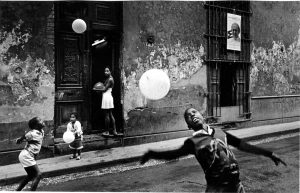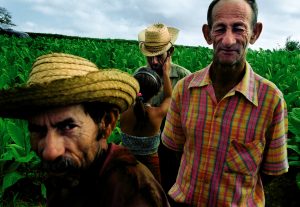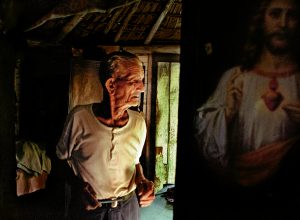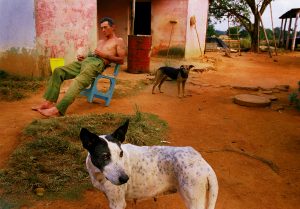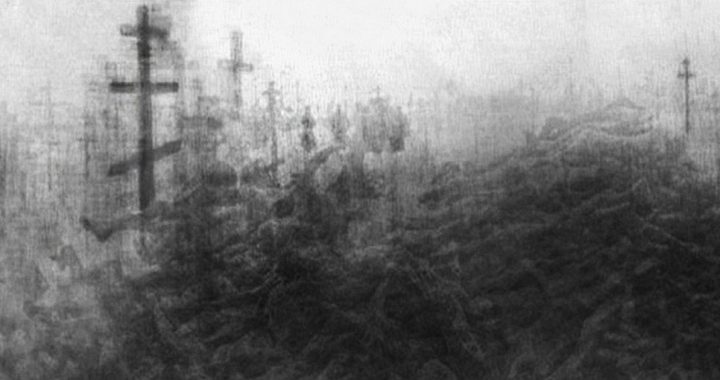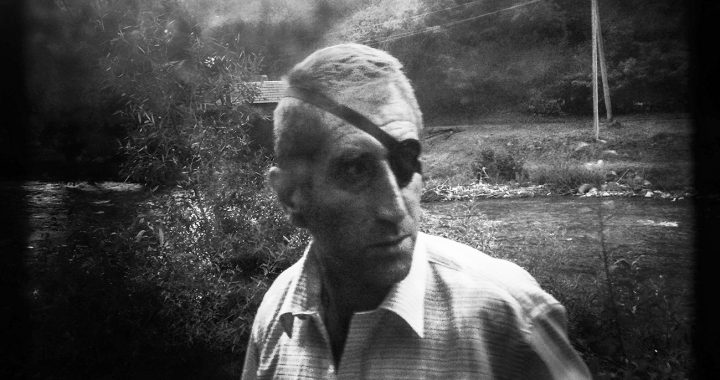There is a big difference between a photographer who takes pictures at a certain place for a few months and the one who has been taking pictures there for several years and the place has become a home for him. Why do the photographs of Cuba by Ernesto Bazan differ from the others? Because it is Ernesto’s Cuba. He looks at it in an intimate fashion, with emotions and passion, and with a soft feeling of gloominess and isolation of the country itself and its people.
Looking at his photographs we sense how he gazes into the camera’s viewfinder and exposes. In front of the lens stand his family and friends Fidel, Miguel, Jose, Inesita with their families. These confidential relationships allowed him to capture their rituals as the building of dominos, the family celebrations and smoking of cigars that were rolled right in front of his eyes. With these pictures, he depicts the rhythm of rural life stopped in time, the stoic pride of farmers with overworked hands and faces marked by age and expectations.
The Cuban trilogy covers the period when Bazan fell in love, settled down and started a family. Each of these books, Isola, Bazan Cuba, and Al Campo represents independent images of particular stages in life he has experienced on the island. They depict his love for Cuba where he enjoyed his life both as a man and as a photographer, his Cuban wife, his children, and friends. On this journey, Bazan takes the viewer on an intimate journey through the isolated island and presents him with 14 years captured on pictures. Ernesto Bazan documents the everyday life of friends and relatives – the real Cuban people, whom he does not identify based on political or national characteristics.
The colours of the Cuban world are hidden in a monochrome photograph saturated with his love for this foreign country. Since 2001 he introduced into his work panorama and in the book Al Campo were included also colour photographs. On some shots, we can see in motion the everyday rituals and small dramas while others expand and take full advantage of the panorama in a sophisticated compositional scheme. With his skills, Bazan was able to capture scenes that lasted only for as long as he was able to catch them in the viewfinder.
He made the first shot in the fall of 1992 and the last one at the end of June 2006. Fate brought him to Cuba and the system pushed him away. He captured the period called “the special period” by Fidel Castro, when the patron of Cuba, the Soviet Union fell apart and left the island on its own. And so, over 14 years without realising the photographs he was taking to capture his memories would one day become three books, Ernesto Bazan has painted a unique picture of his beloved Cuba.
Photograps are authorized – © Ernesto Bazan.
